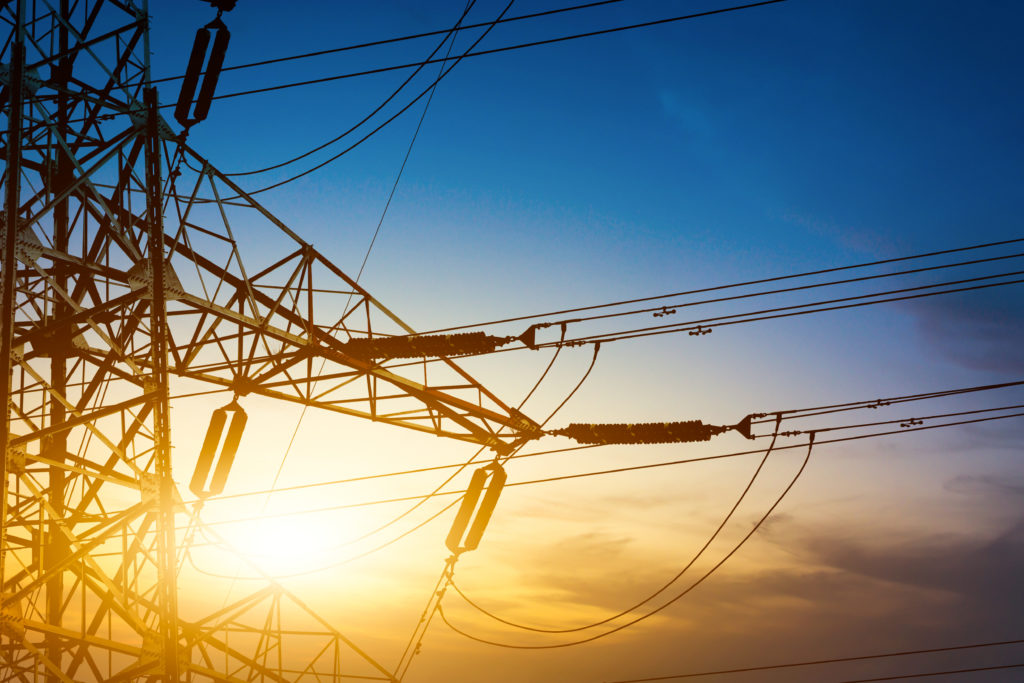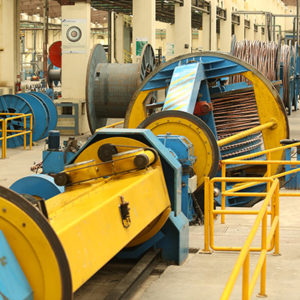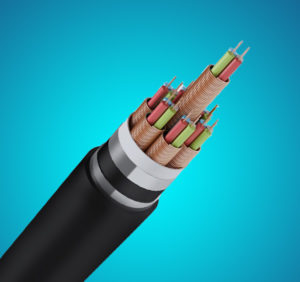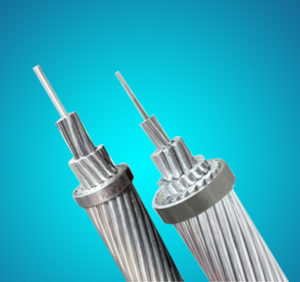Power transmission and distribution - A powerhouse called India

The power sector in India has been on a consistent upswing and is currently experiencing an exponential growth in its fortunes.
Today, India has emerged as the world’s third largest electricity producer and has a total installed power generating capacity of 3,46,048 MW.
Further, a total capacity addition of 58,384 MW from conventional sources has been envisaged for the period 2017-2022, consisting of 47,855 MW of coal-based power stations, 406 MW of gas-based power stations, 6,823 MW of hydro power stations and 3,300 MW of nuclear stations. In addition, there has been a big thrust by the government for setting up renewable power generation capacity of 175 GW by the year 2022.
Of late, India has made significant strides in expanding access to electricity, connecting all of India’s population to the grid and expanding the power supply to 24 hours a day this would increase the income of rural households by USD 9.4 billion a year, while eliminating power shortages would prevent an estimated USD 22.7 billion a year in business losses.
A challenging task indeed for all the stakeholders in this sector




















